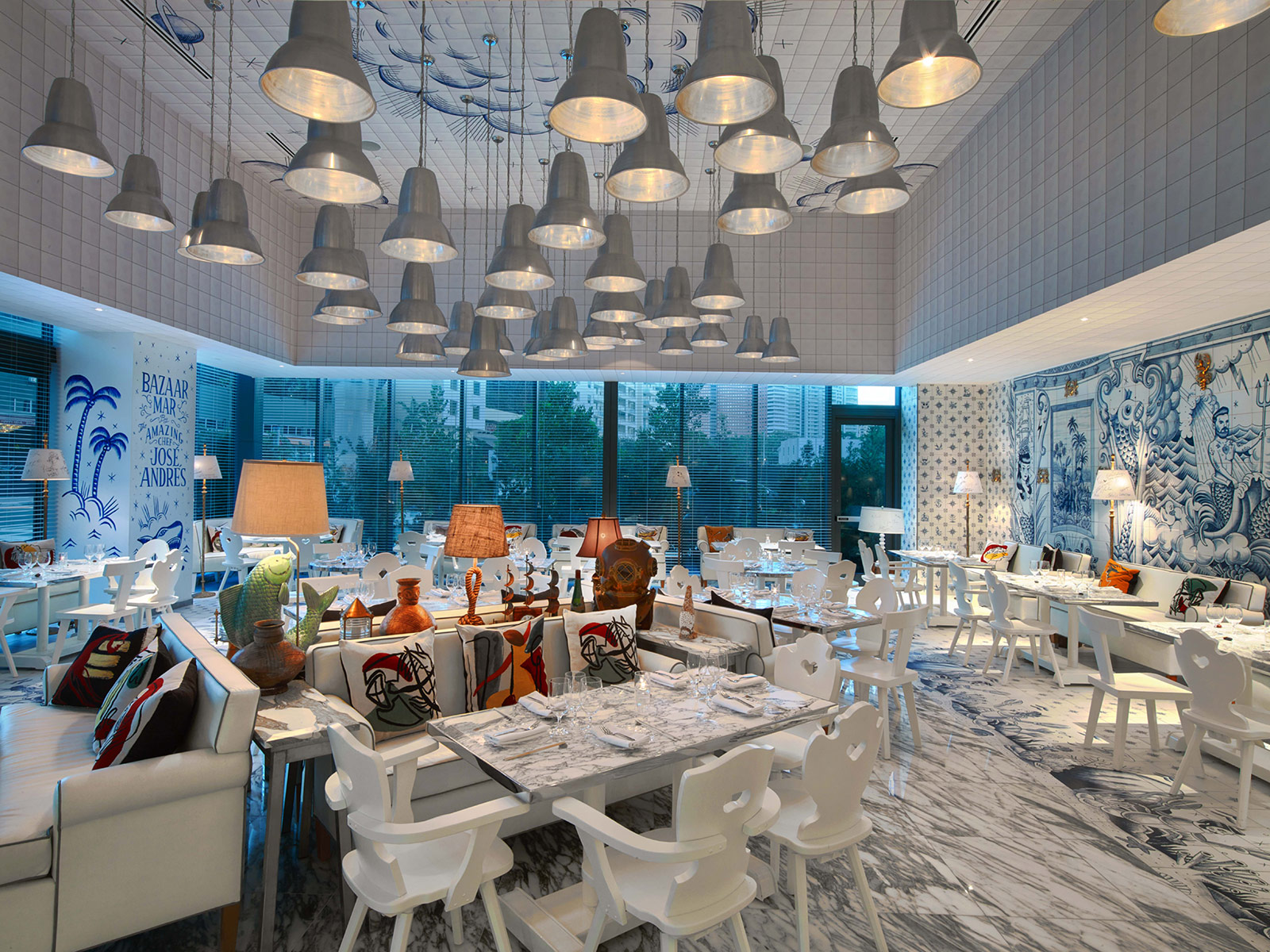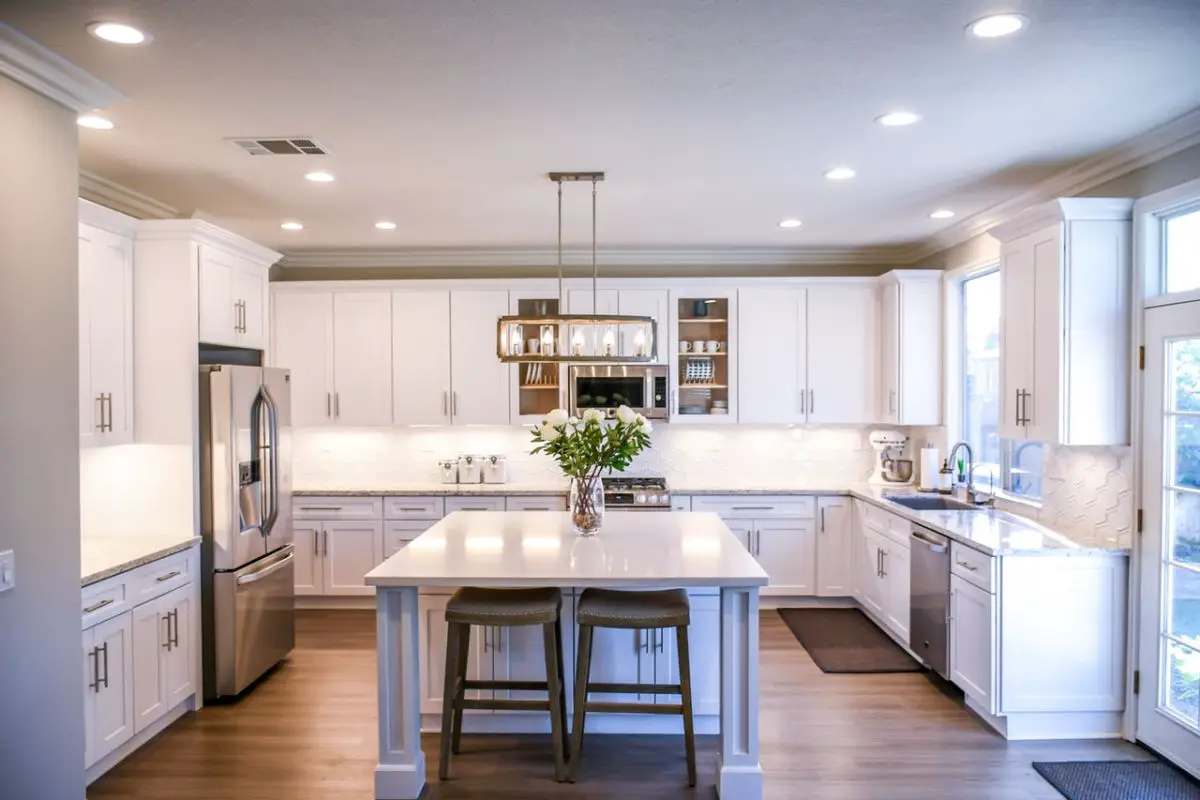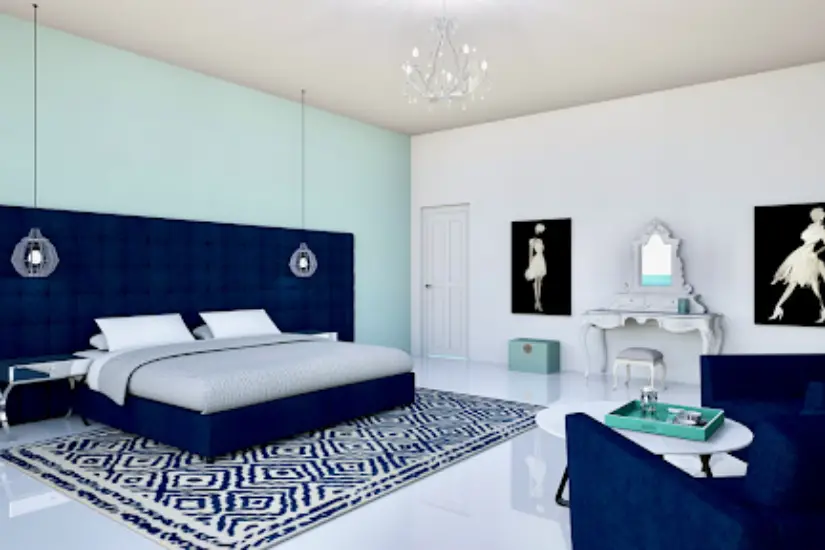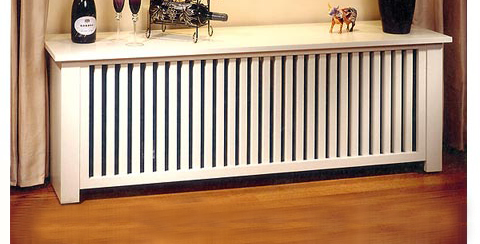Fads come and go all the time –– that’s what makes them fads. Unfortunately, individuals looking to design their home may inadvertently make some poor design decisions that affect the value of their home. Indeed, just because it seems like a good idea now to install shag carpeting throughout your home, it doesn’t mean it will still feel like a smart choice in 30 years. Given that fact, today we’ll outline some key home design best practices that will stand the test of time. You can feel confident following this advice:
Keep it Simple
Clutter can ruin the look and feel of any home. While it may seem tempting to buy lots of furniture, artwork, and other appliances for your new home, the truth is that sometimes less is more. You don’t want to cram items in places where they don’t belong, and you certainly don’t want your home to fill up with what essentially amounts to “junk.”
Rather than having to purge your home of unused blenders and coffee tables every few years, save yourself a lot of time, money, and stress and keep things simple when you furnish and decorate your home. It’s much easier to add a few items you end up needing than it is to get rid of dozens you don’t! Plus, the simpler and tidier your home looks, the easier it will be to sell one day. (Of course, you should always disinfect and clean your home on a regular basis ––n regardless of anything else.)
Make Quality Investments
When it comes to designing your home, you typically get what you pay for. So if you try to buy all of your furniture, appliances, and other household items on the cheap, you will probably have to replace them frequently. On the other hand, if you want to create a home design that has true staying power, you should invest in quality beds, couches, tables, and electronics. No, nothing lasts forever, but it’s often more cost-effective to purchase high-quality items once than it is to buy low-quality products time and again.
Be Patient
Have you ever been very excited about a product, only to lose enthusiasm for it after a while? Odds are, you have. The key to designing a home you love today, tomorrow, and 30 years from now is to avoid impulse purchases that disrupt the flow and feel of your home. Resist the urge to make big changes to your home until you’ve thoroughly examined the pros and cons of the situation. You don’t want to spend thousands of dollars on a home renovation that you may not have needed after all!
Optimize Your Space
Far too many homeowners fail to make the most of all the space available to them on their property. Upgrading basements, attics, spare rooms, gardens, balconies, and patios can have a serious positive impact on the look and feel of an entire home. Don’t just let these areas go to waste! Instead, find ways to utilize every inch of your home. A basement renovation, for example, can add thousands of dollars in value to your home should you choose to sell it as well. Adhering to this principle will cut down on clutter and allow you to design a more balanced and beautiful home.
Keep the Big Picture in Mind
A house is one of the most important investments you will ever make. You should take just as much care during the design process as you did when you first bought your home. Short-term fixes aren’t ideal when dealing with something as important as your home. Unless you absolutely can’t avoid it, try to make design choices that will provide value to your home for years and years.
Prioritize Health & Happiness
At the end of the day, your home is supposed to be your sanctuary. It’s the place where you can relax and unwind after a long day. It may also contain your office space or workout area too. Generally speaking, making design choices that either 1) boost your wellness or 2) make you happy, is a good policy that you should follow. Naturally, making improvements to your home won’t protect you from every problem, illness, or ailment you may encounter. If you get a bunion, for example, you should still visit a clinic like Northwest Surgery Center for assistance with it. But at the same time, upgrading your home can give you a big psychological lift. Lastly, purchasing household items that encourage you to make healthy choices will certainly improve the quality of your life.
Conclusion
Change is inevitable. Over the course of 30-or-so years, homeowners will definitely have to upgrade, fix, amend, and perform maintenance on a number of issues in and around their house. The good news is that by following the core precepts laid out above, homeowners will be able to avoid some costly design mistakes.






